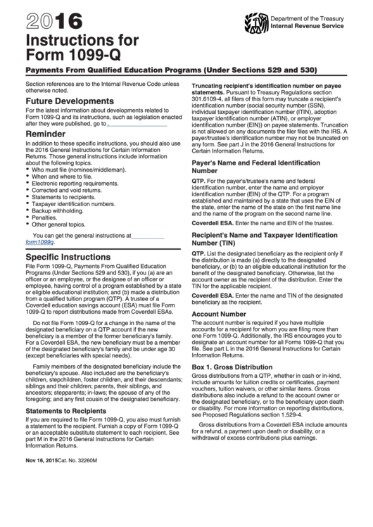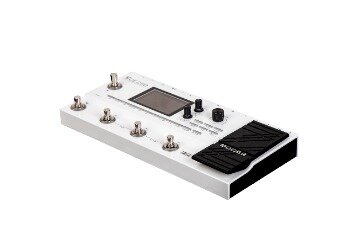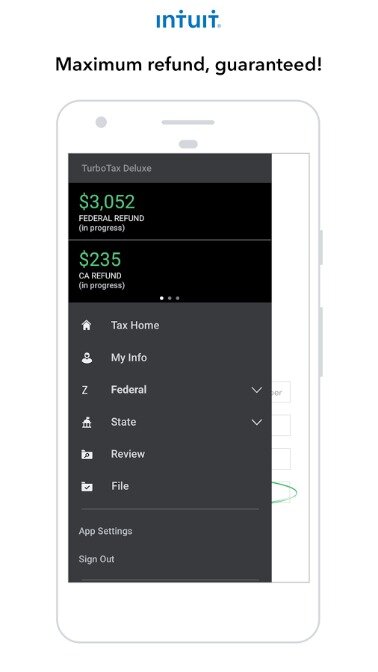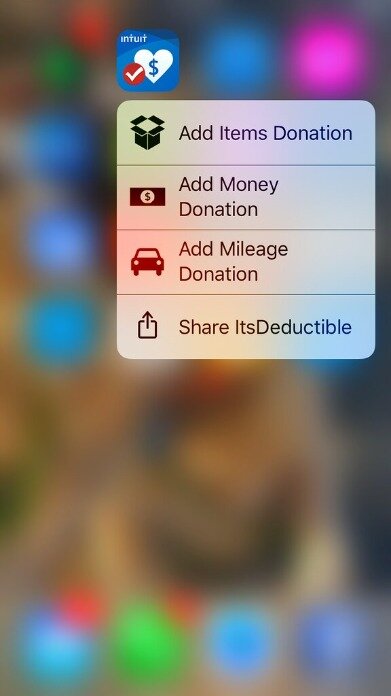Contents:


Analysing income and expenditure is essential for producing an accurate budget. The alternative is crunching numbers each time you need to know what your small business can afford or swiping your business credit card now and worrying about the consequences later. Without a budget, your construction company may not be able to afford the supplies or materials needed to take on the next job — an awful surprise when you need to generate income. If you’re looking for a simple, easy-to-use yet impressive budget planner, budgeter is perfect for you. You don’t have to download or install it as it is web-based and super lightweight. Without an extraordinary knowledge of Excel and spreadsheets, you can comfortably work with this budgeting tool.
- The Balance has a clear table template that lists every budget item, the budgeted amount, the actual amount, and the difference between the two.
- This can all be enough to scare some people away from starting a business in the first place.
- Small Business Administration , is made up largely of volunteers with backgrounds in business and finance who provide guidance and advice to small businesses.
- Each person should consult his or her own attorney, business advisor, or tax advisor with respect to matters referenced in this post.
- Making your first business budget can be daunting, especially if you have several revenue streams and expenses.
- The profit and loss statement subtracts your costs from your revenue.
The use of one of these types of company budgets can be another tool for the financial analysis of the firm. For example, if you anticipate a large expenditure one or two years down the road for computer upgrades or equipment maintenance, it’s a good idea to start budgeting in advance. By changing your sales figures using the three scenarios above, you can see the result in your cash balance at the end of each month. This cash balance can give you information about your cash needs and how much you might need to borrow for working capital.
Creating your first small business budget
Creating a budget is a critical aspect of managing a small business’s finances. Or, if you run a brick-and-mortar retail business, you may only have one source of income from your store sales. When you build a business, there are a lot of things to stay on top of, from marketing and finding new clients to building a website and establishing your digital presence. Here’s how you can deal with your financial stress and start feeling peace—and even empowerment—with your money. Take yourgross revenuefrom Step 3 and subtract thecost of goods soldto find yourgross profit. With this information, you can discover patterns in your income and expenditure over the course of a year and how different seasonal factors impact your finances.
“One thing that is unique to small businesses as a whole is that there are so many different types of businesses. This means that there is no one-size-fits-all budget plan for small businesses. Each business should tailor its budget plan to its own specific needs and circumstances,” explains Lindsey Hyland, Founder of Urban Organic Yield.
Many of these are necessary for your business to stay in operation, like utilities. We’d love to hear from you and encourage a lively discussion among our users. Refrain from posting overtly promotional content, and avoid disclosing personal information such as bank account or phone numbers.
This is How Stick to a Budget – Massage Magazine
This is How Stick to a Budget.
Posted: Fri, 24 Mar 2023 07:00:00 GMT [source]
At the end of every year, the financials from profit & loss statements are compared with estimations defined in last year’s budget. It helps the business owner to identify the differences in planned and actual figures to help in future decision-making. A viable budget for a small business is one of the solutions. When you’re running your business, there are a lot of unexpected events, financing needs, and growth prospects.
Track anything that generates income with the average amount it provides per month, what it has provided in the past, and what you expect it to offer in the future. You can map this out for anywhere from three months to three years. The only way to get accurate financial data is through consistent bookkeeping. This is just scratching the surface, and there’s plenty more to consider when creating a budget for a startup. This business startup budget guide from The Balance is a great start.
Types of business budgets
When just launching your business, creating a budget is one of those things that can fall by the wayside. If your business is operating with a significant amount of profit or is going through a boom, it might not seem important to create a business budget. This may influence which products we review and write about , but it in no way affects our recommendations or advice, which are grounded in thousands of hours of research. Our partners cannot pay us to guarantee favorable reviews of their products or services. Coupon-esque websites offer occasional discounts for a wide variety of products and services. To help you get started, we’ve gathered expert tips, from finding a mentor to setting realistic goals.
More than likely, the pandemic has impacted your small business in some way. That could mean significantly less revenue, as well as changes in fixed and variable costs. One of the biggest mistakes small businesses make is forgetting to incorporate their time into a budget plan. Ontra reminded business owners that time is money, especially when working with people who are paid for their time. A good budget should be balanced and provide an accurate ballpark estimate of what it will take to run your business.
Ultimate Guide to the Best Professional Hair Dryers for Small … – Small Business Trends
Ultimate Guide to the Best Professional Hair Dryers for Small ….
Posted: Sat, 22 Apr 2023 14:00:23 GMT [source]
This can and should be done at various stages, including when purchasing or starting up a business, when setting annual or monthly budgets, and during periodic business reviews. You want to lower your variable costs in lean months, starting with discretionary expenses. And when your profits are on the uptrend, you can allocate more money to variable expenses to help you grow faster. Think through infrequent expenses you’ll make during the budget period, and build in some room for unexpected costs.
The Ultimate Guide to Budgeting for Small Businesses
“Budgets are the most important tools that managers use to measure how well an organization is doing. Although budgets are commonly perceived to exist for financial purposes only, they can also be key tools to provide insight into how an organization and its departments are performing. By setting up alerts in your accounting software, or through other financial tracking systems, you can be warned when something appears to be out of line and requires attention. This will help ensure that you always have enough money available to cover necessary expenses without incurring unnecessary debt. Estimating payroll cost involves careful planning and forecasting based on past trends as well as future growth potentials. By understanding these figures, business owners can make informed decisions about staffing needs while staying compliant with all applicable labor laws and regulations.

Some of the most common monthly fixed expenses for small businesses and start-ups include rent, utilities, equipment, website service fees, insurance, and labor. Common variable expenses include packaging, production, and shipping costs, sales commissions, and raw materials. Jotform offers many business budget form templates that simplify how you collect expense data, define income sources, and account for unexpected costs. There are also Jotform Tables templates that can assist with budget formatting so you can better visualize your cash flow. It’s possible to have the expense form data automatically added in, saving you time and minimizing frustration. Capterra’s small business budget template is easy to use and employs all of the components we defined above, like fixed costs, variable costs, revenue, and profit.
Free Budget Templates to Use for Your Business
It’s important to have an accurate record of all income and expenditure as it can allow you to make better financial decisions. Having a budget can help small business owners improve their planning. According to statistics, 19% of small businesses use a budget to track progress towards their goals. Budgeting is a process of predicting future income and expenditure over a given period. It helps every business owner understand what money they have coming in, as well as how much they’re expected to spend.
- For instance, many retailers earn a large part of their yearly revenue in the months of November and December, while January and February typically are very slow in sales.
- Knowing your most profitable months will help you to predict what your next year will look like.
- It outlines key information on both the current state of your finances and your long-term financial goals.
- This paints a clear picture of how they fluctuate depending on business performance so you can make accurate predictions.
Profit is what you take home after deducting your expenses from your revenue. Here you’ll plan out how much profit you plan to make based on your projected revenue, expenses, and cost of goods sold. If the difference between revenue and expenses (aka “profit margins”) aren’t where you’d like them to be, you need to rethink your cost of goods sold and consider raising prices. As you search for the data you need to list out your fixed costs, you might have also noticed there are some variable expenses within your business as well. The process all starts with properly preparing and planning the budget at the beginning of each month, quarter, or year.
Create a Small Business Budget in 5 Simple Steps
Managing your cash flow is a key tool for keeping your new business afloat. You can be making a profit on paper, but if you don’t have money in the bank, your business won’t be able to pay its bills. If you have a service business, you may not need many variable expenses. In your listing of these startup costs, include items you are contributing to the business, like a computer and office furniture.
Minister Ng highlights budget investments to support small businesses – Canada.ca
Minister Ng highlights budget investments to support small businesses.
Posted: Thu, 06 Apr 2023 07:00:00 GMT [source]
If you are selling products, you might want to calculate your break-even pointto include with your budget. The break-even point shows when you will start making a profit on each sale. What are the fixed assets such as furniture, equipment, and vehicles needed to set up your location and start your business? Fixed assets also include computers and machinery, furniture, and anything for your office, store, or warehouse that is needed to set up your business. Creating a cash-flow statement is also an important part of creating your new business’ budget. Start back at the beginning of this guide and decide if there are expenses worth eliminating that won’t deter business operations.
Suppose a company’s offerings are seasonal, like lawn care in the summer versus the winter or wedding planning for the spring and fall. In that case, businesses can prepare to minimize costs with a better vision of incoming upswings and downturns. However, there are also times when finances must be balanced at a moment’s notice, such as when a viral social post propels profits. Even if you received a business loan during the pandemic, you may now realize the value of having emergency funds as a backup.
You don’t have to be a handy person to step in and do more yourself so that you save on labor, and you don’t have to be an expert to troubleshoot. You know what you want to buy and you know how much you have budgeted toward it. It can be difficult to get a handle on what needs to be done, when it needs to be done, and–most importantly–how you’re going to pay for it. You may also opt to make a spreadsheet with custom rows and columns based on your business.
Calculate your gross profit.
Ontra recommended treating your time like your money and setting external deadlines later than when you think the project will realistically be done. “Every project seems to have cost that was never anticipated,” added James Ontra, CEO of presentation management company Shufflrr. Regularly revisit your budget to determine if it still makes sense given your business’s current circumstances, and revise it accordingly. Your total number of income sources will depend on your business model. Now that you understand why business budget creation is so important, let’s jump into how to do it.

If your small statement of activities is not running yet, calculating your future expenses is going to feel a bit like a mandatory chess game. Everybody knows that running a small business is tough and never cheap. Planning wisely for expenses is crucial to your success because it shows where your funds are going and allows you to see where reconfiguration might be needed to help save money. If you’re just launching a small business, it’s likely that budgeting is close to the last thing you want to think about during such an exciting time. However, failure to create a well-designed budget in the early days of your company’s life can have serious consequences.

Without a budget, a company runs the risk of spending money it doesn’t have, not spending enough to compete, or failing to build a solid emergency fund. You’ve probably heard of a P&L statement, and it’s probably giving you a headache just thinking about it. That’s because you’ve already done the heavy lifting by collecting all the data points.
There is an assortment of 15 small business budget planners by PDFConverter.com that you can use as well. You can choose a template according to your business type, needs, etc. Either you’re looking for a marketing budget or budget planner to apply for a loan, you can get a template for it. Besides the unexpected expenses, you need contingency planning for any probable expenses that might occur in the future. So you’ll maintain a fund on the off chance that you lose the lawsuit.
It might sound obvious, but getting all the numbers in your budget in one easy-to-read summary is really helpful. You have positive cash flow if there is more money coming into your business over a set period of time than going out. This is most easily calculated by subtracting the amount of money available at the beginning of a set period of time and at the end. But when it comes to business budgeting they will often save you far more than they cost.